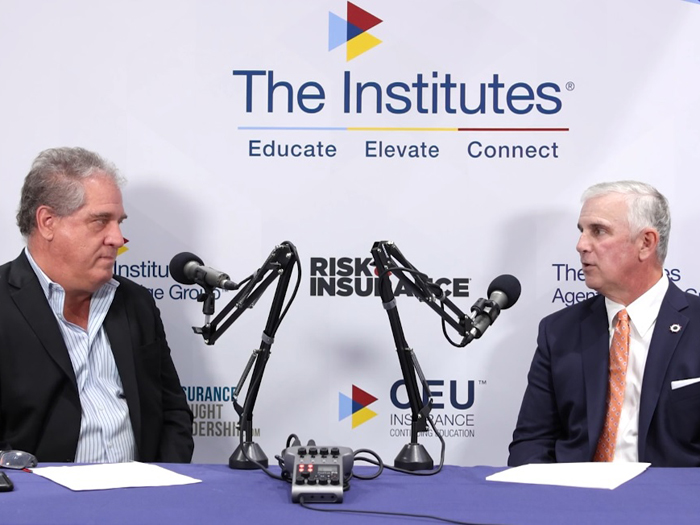Risk Insider: Andy Hosman
How Wearables Are Transforming Workplace Safety
There are an eye-opening 2.5 quintillion bytes of data created every day, according to a recent IBM-Cisco Systems graphic. Utility companies alone generate five terabytes of data per day. Any way you slice it, this is a powerful amount of data.
Beyond those staggering numbers, this is what really stands out: “Most of this data is never captured, never analyzed and never taken action on.”
It’s a lot of wasted data for sure, but it doesn’t even include the figures that, until recently, have been mostly untapped: workplace safety data from wearables.
Wearables have definitely caught on in the consumer marketplace as a great way to monitor heart rate, steps taken, flights climbed and many other health-related variables. In the workplace, however — outside of wellness-related applications — wearables are just starting to make their presence felt.
While safety-related wearables are a relatively new concept, they are already paying quantifiable dividends.
That’s about to change in a big way. With wearables, companies will be able to tap into new sources of data that will lead to innovations in workplace safety. Wearables have the potential to bring companies safety-related data that was once considered unattainable. But with this amount of data comes real challenges, such as the potential for data paralysis. Companies will need to find a way to cut through the data in sensible ways that give them the information they need to help keep their workers safe on the job and insights into problems across their safety-reporting culture.
There are already companies that offer wearables to monitor drowsiness, provide GPS-like capabilities and give workers the ability to access the information they need to do their jobs safely, and potentially even offer them a second set of eyes as another worker monitors the situation from a remote location. The technology also allows workers to record events and observations to help companies compile the data they need for true predictive safety analytics.
While safety-related wearables are a relatively new concept, they are already paying quantifiable dividends. For example, as Andrew Ronchi wrote in a recent Construction Executive blog, one U.K.-based company had its bricklayers use wearables for safety- and health-related purposes. With the technology, the workers reduced by 85 percent the time their backs were bent more than 20 degrees and their lower-back muscle activation by 84 percent, according to the post.
The challenge for companies will be getting workers to buy into using wearables in the workplace to collect the necessary data for predictive analytics. Getting buy-in will depend on the type of company and its culture. With wearables, some people will be eager to get access to the latest technology, while others will fear “Big Brother” will be watching them.
What will get those people who are late to adopt the technology is if they see value. Over time, the safety metrics will speak for themselves. Additionally, similar to how companies have enticed employees to use wearables for wellness programs in exchange for a reduction in insurance premiums, organizations could employ a similar strategy initially for safety wearables.
Lastly, it is important to make wearables optional. Should workers not feel comfortable wearing the device, it makes sense to give those people the choice to opt out.
Ultimately, the data and benefits will speak for themselves. It’s for their safety, after all!










